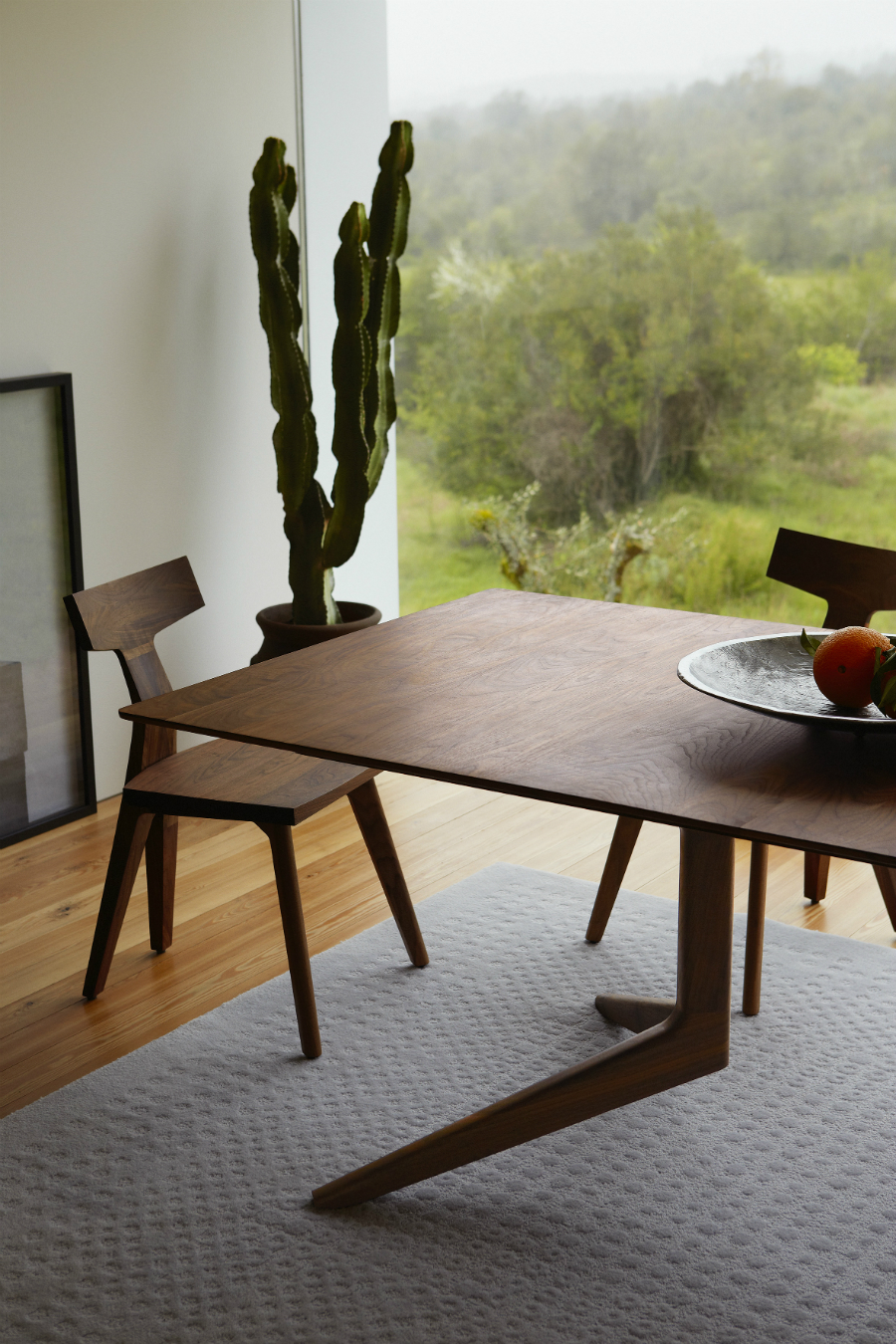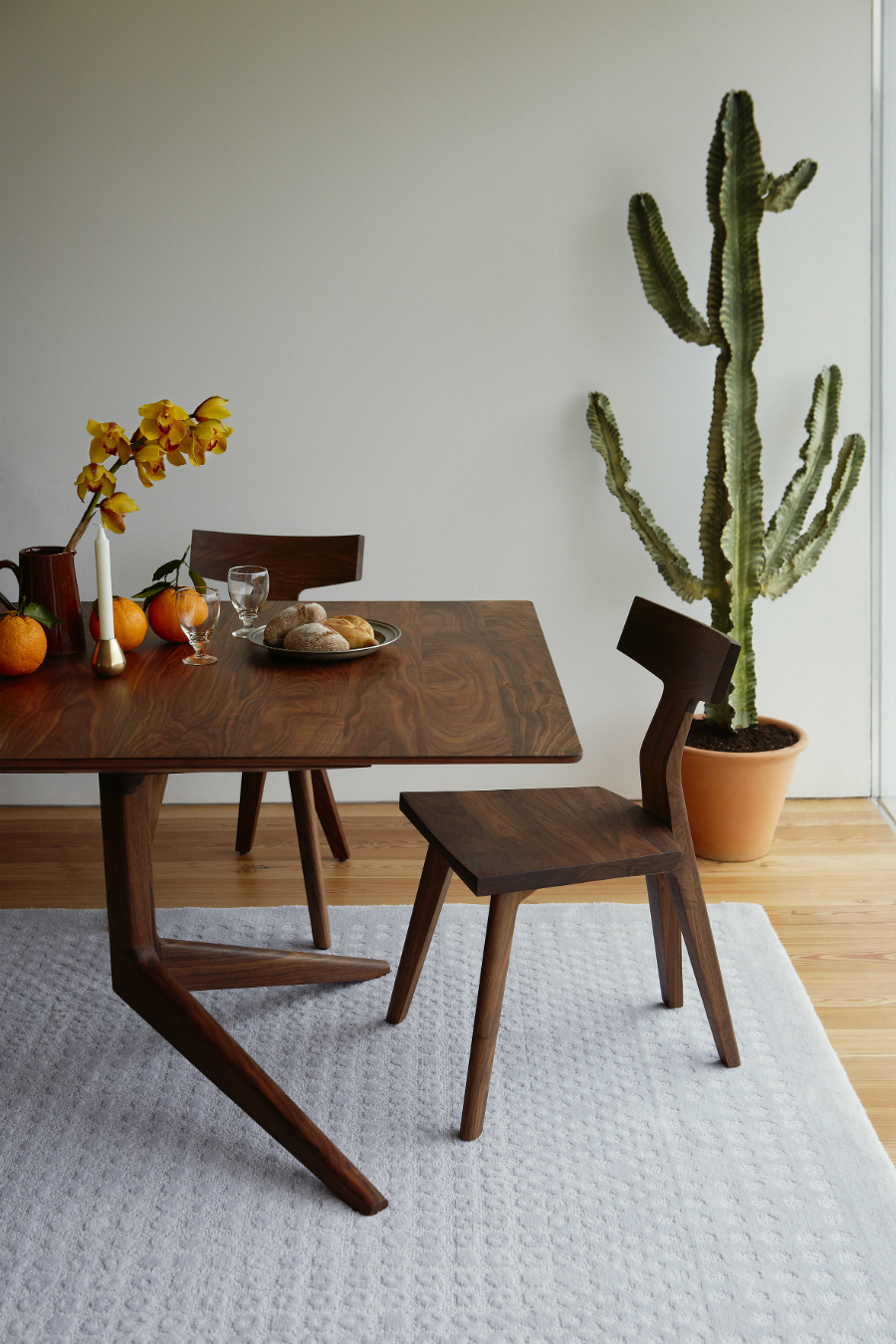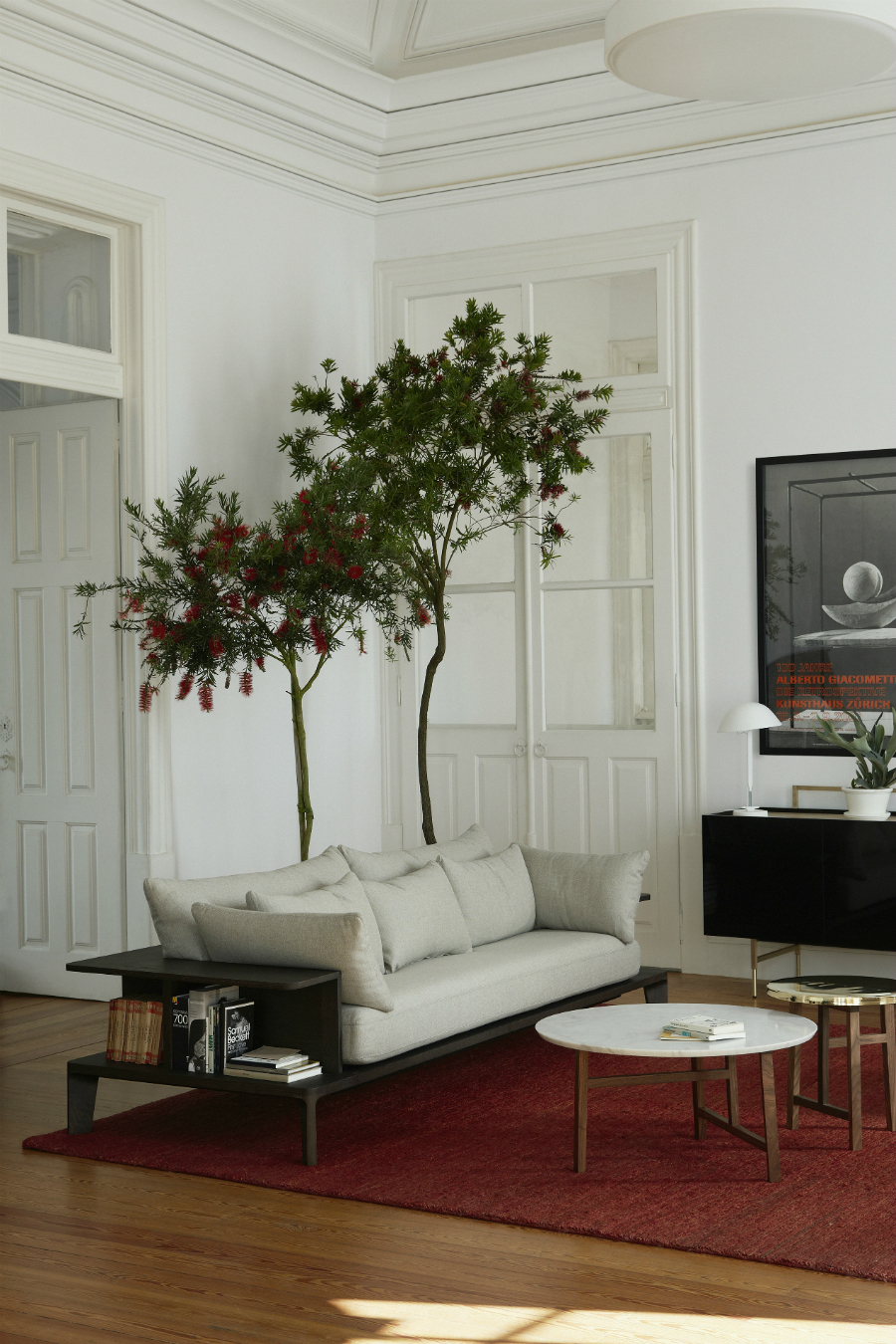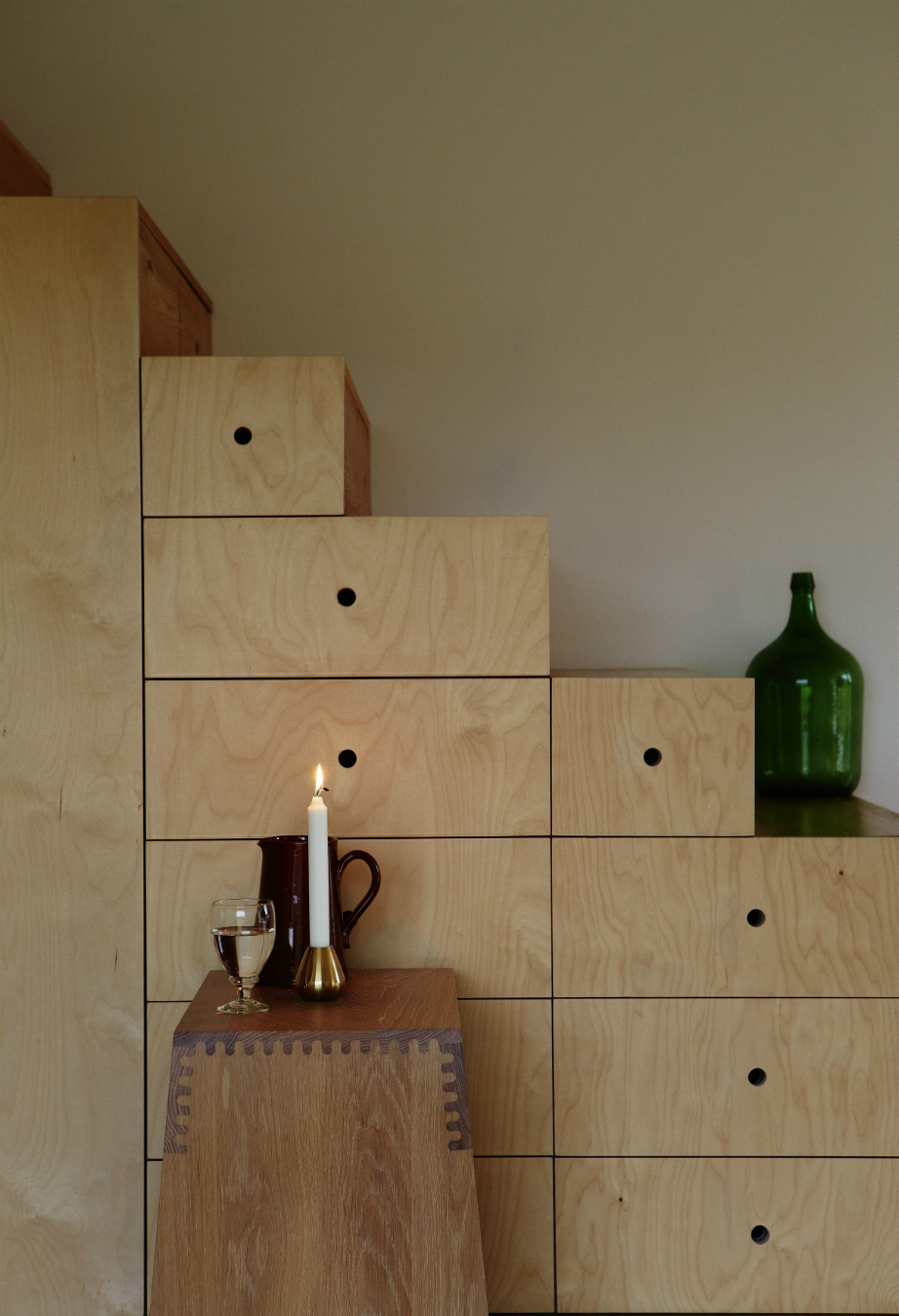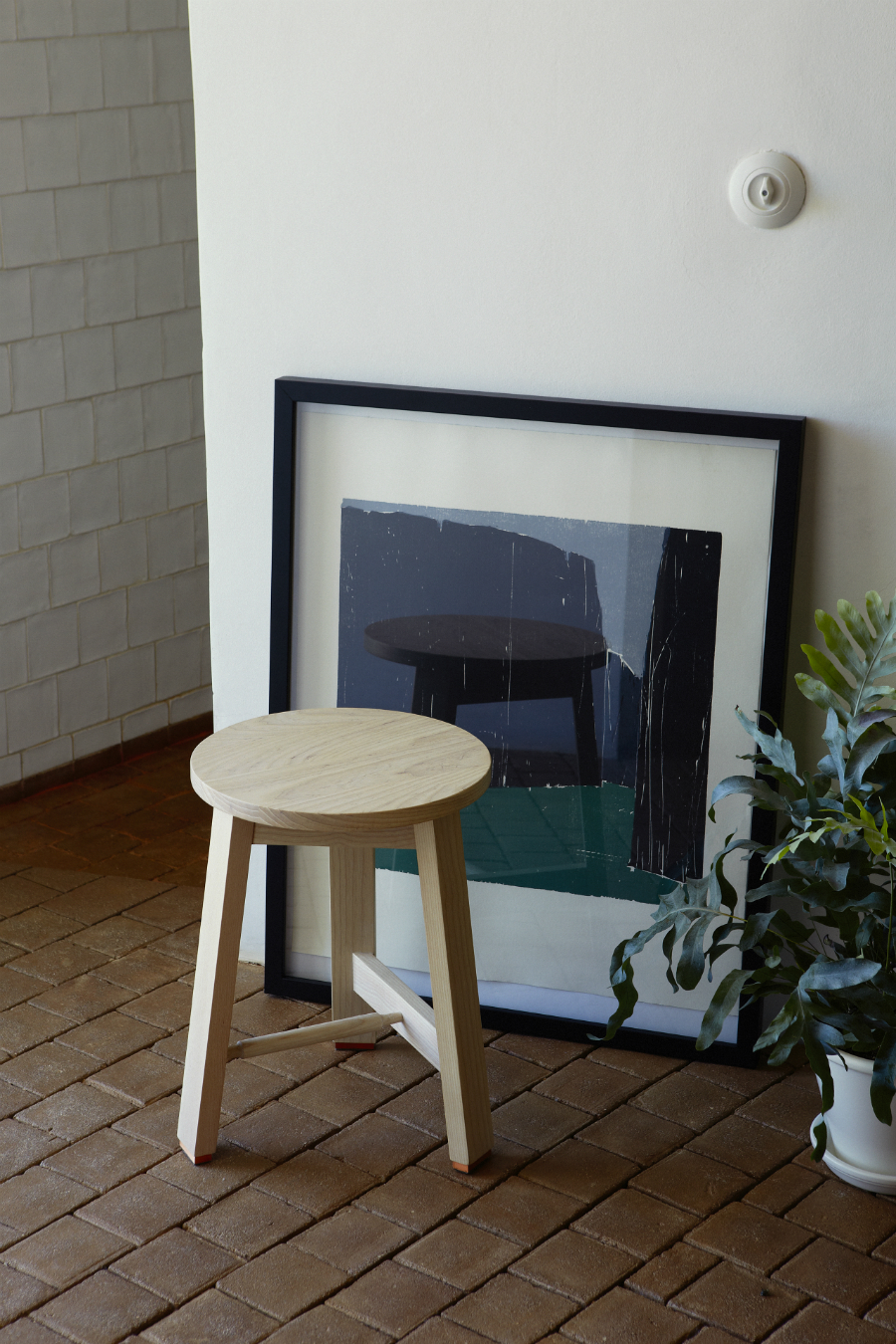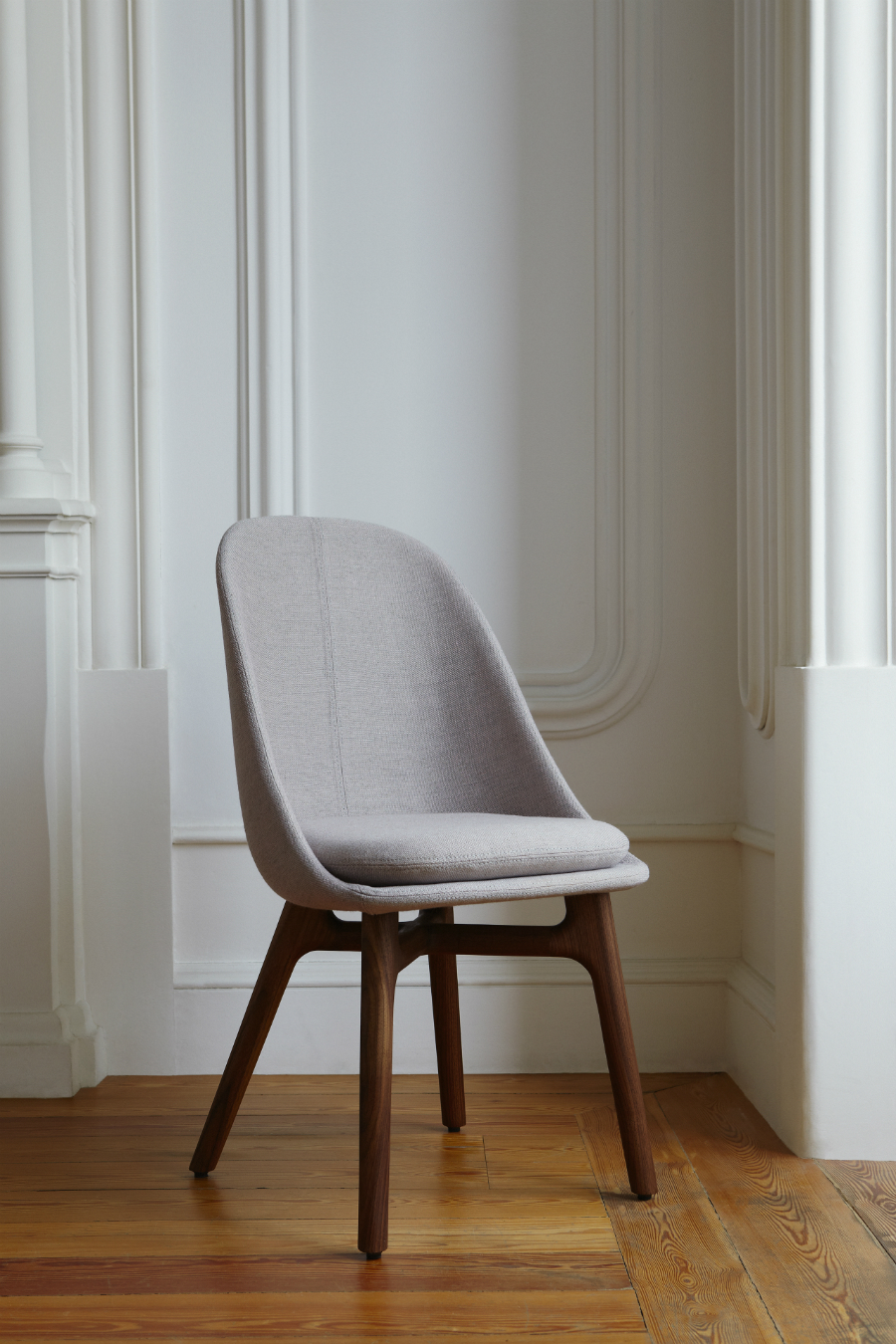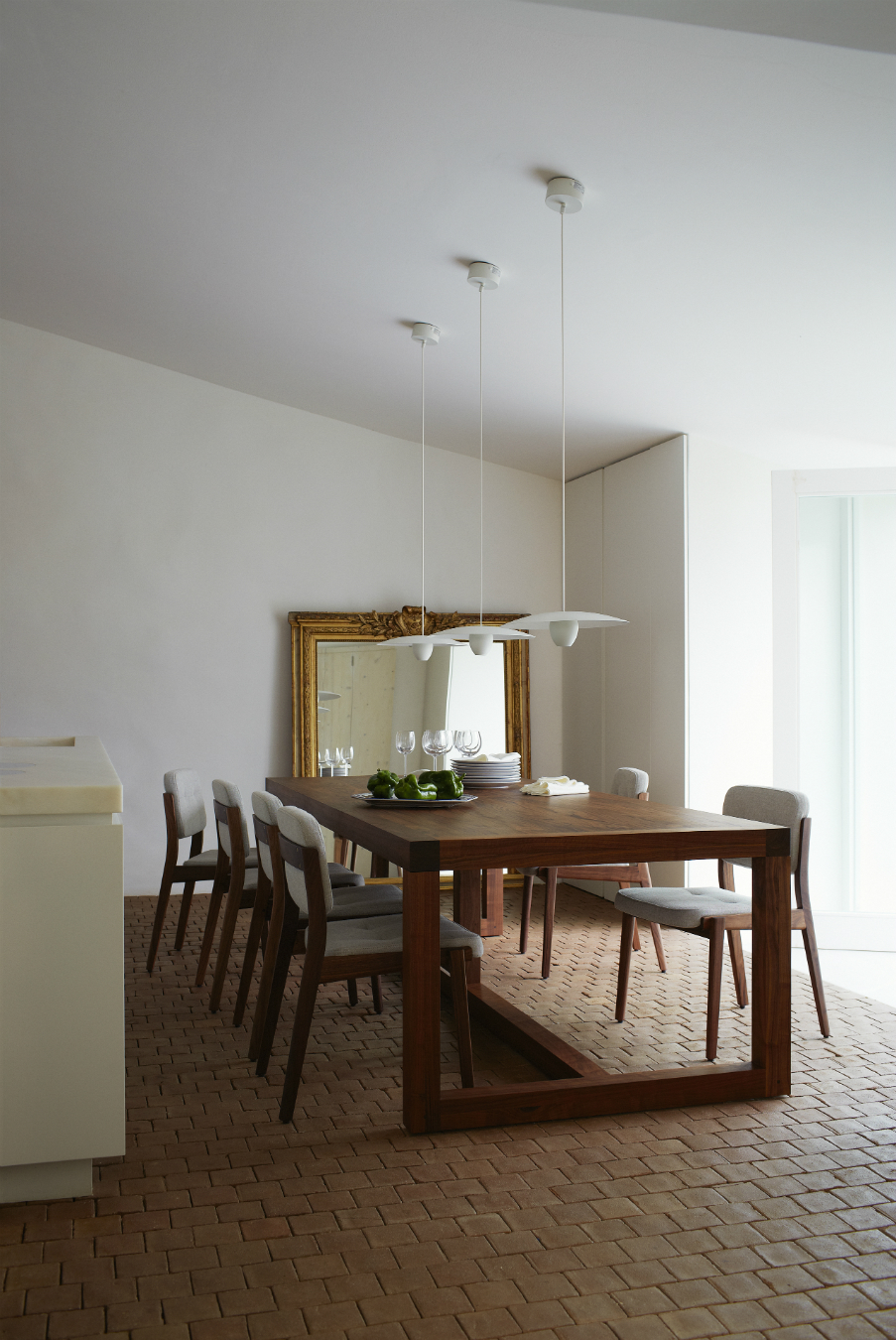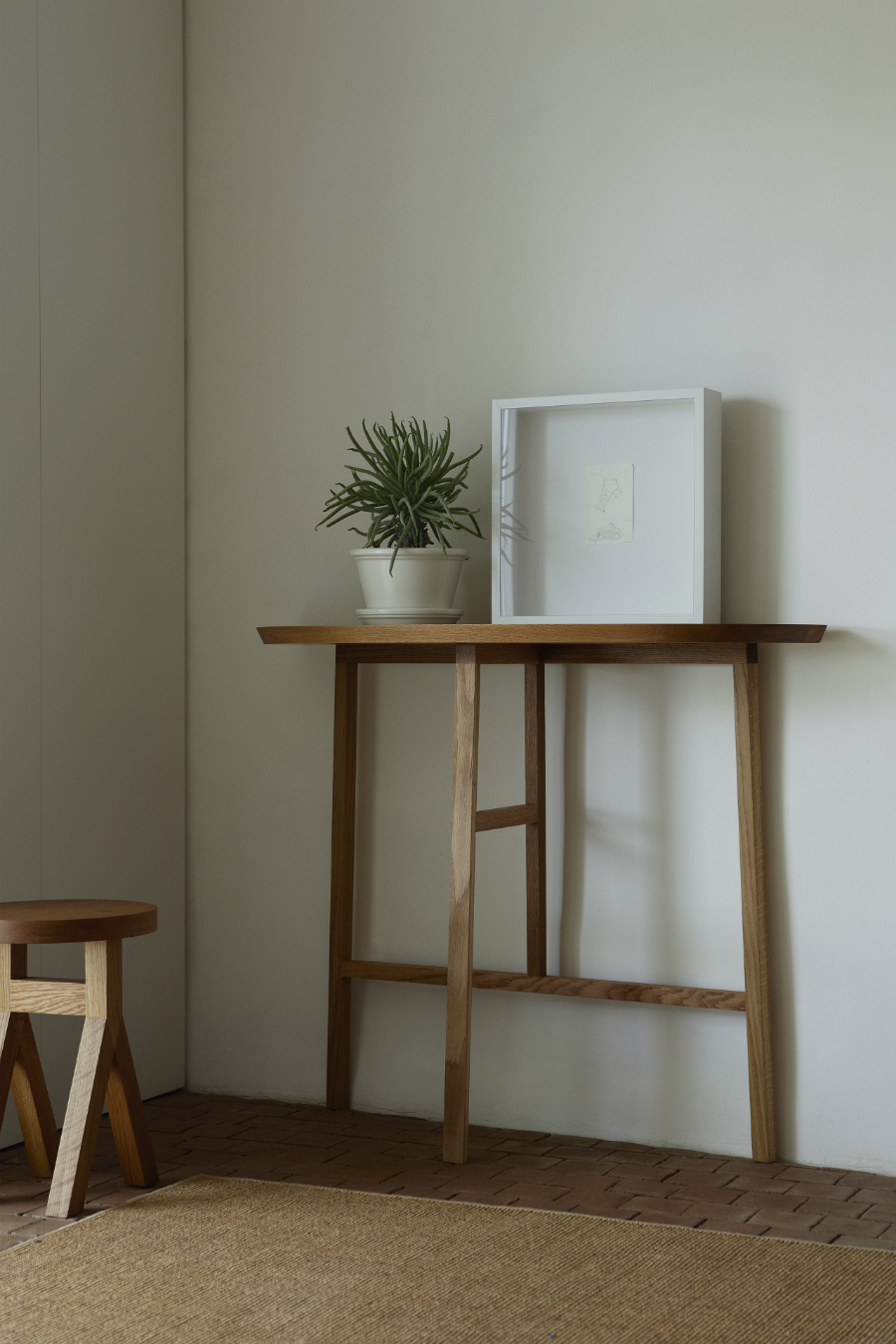Luis De Oliveira looks at the bustling room around him, wall posters still lying flat on the floor, the screen that will display images accompanying his presentation that evening still rolled in its canister. The sound of chairs being unpacked and placed for the audience that will begin arriving in two or so hours outbids the voices of various Inform Interiors staff that are making this chaos settle into the perfect venue for Oliveira’s talk about the current state of furniture design, and how his company, De La Espada, pursues its unique vision.
The business began when Oliveira and his soon-to-be wife and partner Fatima De La Espada graduated from university and began, in 1996, a small retail operation in what he calls “the great crossroads” of London. They started by selling select furniture oftheir own designs, and eventually grew into manufacturing and collaborations; they purchased and renovated a defunct furniture factory in the Portuguese countryside not so far from Oliveira’s hometown. “I am what our current prime minister calls a citizen of nowhere,” he says. “But really, from London, we can see the world, and build our business, make it viable in a way we never could if it were based in a small town in Portugal.”
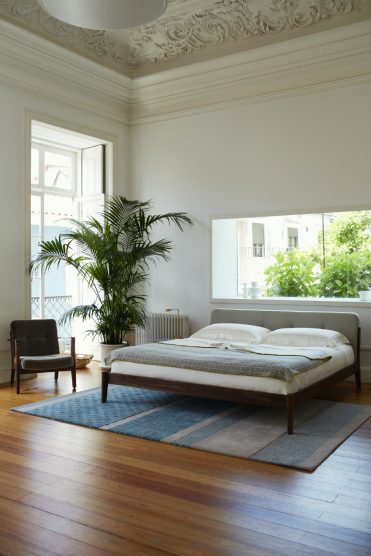
To accomplish this, De La Espada works with various designers—who are already established and have their own companies—to create De La Espada collections. “We look for people who are, let’s say, in the middle of their trajectory,” Oliveira says. “We have been able to find some designers who know who they are, and stay true to themselves, and who have been able to learn what De La Espada requires. And I think these people will continue to stay true to themselves, even as they shoot towards the stars.” Oliveira is particularly proud of the fact that his contributing design team is made up of people from disparate regions: Luca Nichetto, based in Venice and Stockholm; Autoban, in Istanbul and London; Neri&Hu, in Shanghai and London; Matthew Hilton, in London; and Studioilse, also in London. The result is furniture that is, as Oliveira puts it, “diverse and aligned.”
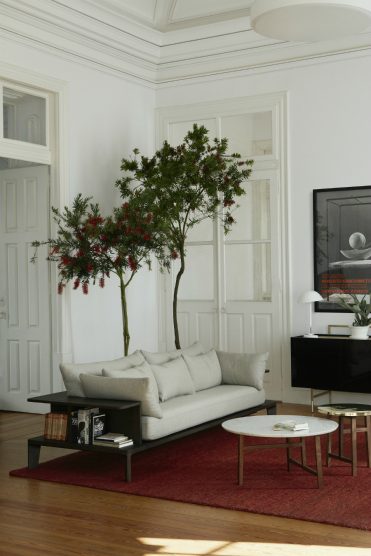
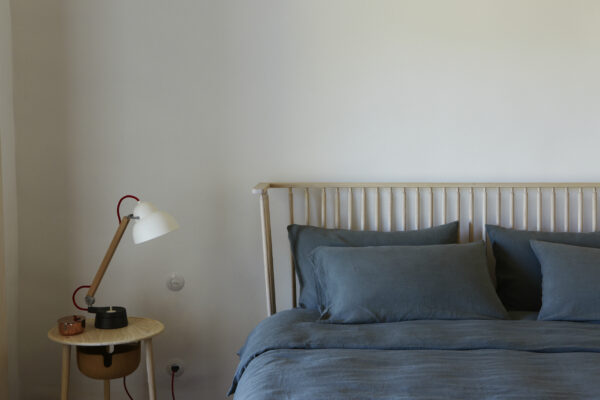
The room is beginning to take shape, chairs now symmetrically arranged, pieces of furniture strategically placed, and Oliveira is ready. “I much prefer the chemistry of a small group, rather than a room of 50 or 100 strange faces,” he says. “But usually there is a way to make a connection. This is what our furniture must do as well. In Portugal, ‘Thank you’ is not only a way of concluding an exchange. It is more like, ‘We now have a bond.’ That is what I want our furniture to do: to create a bond between the object and the user.”
Be inspired—read more from our Design section.


